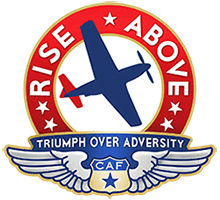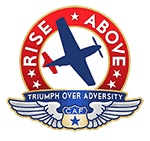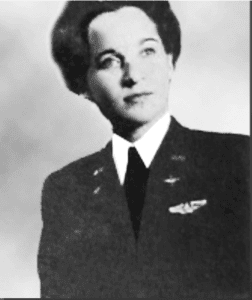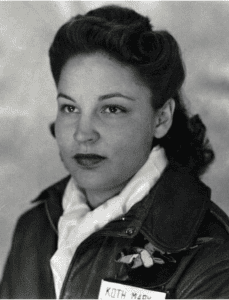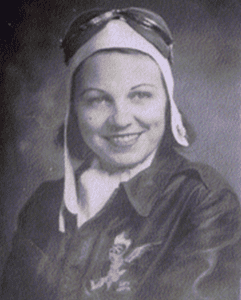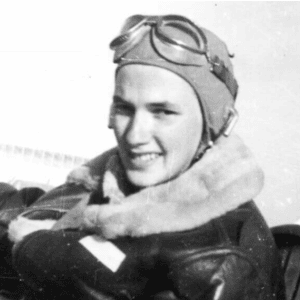When the CAF Red Tail Project undertook the second restoration of the P-51C Mustang Tuskegee Airmen, it was understood that the wrecked plane would need to be almost completely rebuilt. The cockpit and part of the red tail were the only parts that were salvageable after the May 2004 crash. Besides rebuilding the fuselage, the wings also had to be fabricated. That job went to Odegaard Wings, Inc. in Kindred, North Dakota – the outfit that had created the wings for the Mustang’s first restoration.
Building an airplane wing is a series of small steps. Brent Meester, owner of Odegaard Wings, said, “Although we call it a ‘wing’, it’s really two wings joined together. We typically build wings for D-model Mustangs and figure about 1,500 man hours per side for them. The Red Tail Project’s Mustang is a C-model so we needed about 1800 man hours per side to build – that’s 3600 hours altogether. We typically had two people working on it, but sometimes there were more. It just depended on what needed to be done to move on to the next step. It’s like a big puzzle that has to be put together perfectly so when we’re doing one step, it is in anticipation of the next step.”
He continued, “Because we had built the wings for the Project’s Mustang’s first restoration, we had patterns on file. We also have the original plans from North American Aviation. Some of the tougher wing components survived the 2004 crash. We checked all of the surviving pieces for structural integrity, sending some out for ultrasound inspection. If there was any question, the part was set aside and we made a new one.”
Key to building a warbird wing is a wing jig. Here’s a picture of the Mustang’s new wing(s) on an Odegaard Wings jig which is 40 feet long (12.19 meters).
All of the work on the wing is done by hand, including the measurements. There is no computerized robot to program, just competent brains on a mission. Every spar, every rib, every rivet placement was calculated and recalculated because it’s not like you can just plug up a hole that is drilled in the wrong place when you’re building a wing.
Each half of the wing has more than 400 parts in it, not counting the small connectors. After the wing is done – and before it is removed from the jig – every outside rivet connection must be sanded. This is done to reduce drag which can affect the airplane’s performance. This is how it’s done, hour after hour:
After the wing is removed from the jig, the flaps, ailerons and other components are attached. When the fuselage was completed by the folks at Tri-State Aviation, the wing was trucked there to be mated to it. Everyone held their collective breath for a moment when the time came to line up the bolt holes in the wing and fuselage. No worries – the staff at both Odegaard Wings and Tri-State Aviation had done their usual excellent jobs and everything fell into place.
For some great photos and commentary from Odegaard Wings about some of their projects, click here.
(Photos courtesy of Steve Kaminsen – one of the intrepid volunteers who spent dozens of weekends from 2005 to 2009 trekking across Minnesota to North Dakota to help put the plane back together again.)
The Commemorative Air Force’s Red Tail Project is a volunteer-driven 501c3 non-profit organization. For more information, please visit redtail.org.
